Opening 18/11 - 18/11 - 23/12, 2015
-
Armando Andrade Tudela
Post-Folklore
For his first solo show in Milan, Armando Andrade Tudela presents a group of works produced entirely in 2015. With the title Post-Folklore, these pieces provide both a sense of continuity and of breaking off in the progress of the artist’s work. Materials and forms are repeated with different uses and configurations and become at the same time an iteration of a previous work and its opposite.
According to the artist, the assimilation of culture (and of its aesthetic models) is a process of layering that is for the most part involuntary: as with archaeology, it is the mold upon which infinite factors have intervened to determine its current form.
Armando Andrade Tudela’s works thus become a practical exercise of a personal need to comprehend and reorganize knowledge. Cultural paradigms become dense grids over great mirrored surfaces. The layering of knowledge is transformed into a precise methodology, a long process that gives form to postmodern architectures in plaster. The history of the world is grafted on to the artist’s personal story (the module repeated throughout the collages is the card of a pastry shop he used to frequent).
In Andrade Tudela’s works similar elements give life to different forms, making it impossible to distinguish between mold and cast, cause and effect. What is important is the process that leads to the creative event, to the artistic object.
The works share a common ground. From the sculptures resembling a phalanx stretched out over the floor, to the high mirrors on the wall, the majority of these works center around the concepts of stability, balance, verticality and spatial composition. There is something intrinsically architectural in their forms and in their placement in the gallery. Perhaps because they act as particles or models of larger structures.
For his first solo show in Milan, Armando Andrade Tudela presents a group of works produced entirely in 2015. With the title Post-Folklore, these pieces provide both a sense of continuity and of breaking off in the progress of the artist’s work. Materials and forms are repeated with different uses and configurations and become at the same time an iteration of a previous work and its opposite.
According to the artist, the assimilation of culture (and of its aesthetic models) is a process of layering that is for the most part involuntary: as with archaeology, it is the mold upon which infinite factors have intervened to determine its current form.
Armando Andrade Tudela’s works thus become a practical exercise of a personal need to comprehend and reorganize knowledge. Cultural paradigms become dense grids over great mirrored surfaces. The layering of knowledge is transformed into a precise methodology, a long process that gives form to postmodern architectures in plaster. The history of the world is grafted on to the artist’s personal story (the module repeated throughout the collages is the card of a pastry shop he used to frequent).
In Andrade Tudela’s works similar elements give life to different forms, making it impossible to distinguish between mold and cast, cause and effect. What is important is the process that leads to the creative event, to the artistic object.
The works share a common ground. From the sculptures resembling a phalanx stretched out over the floor, to the high mirrors on the wall, the majority of these works center around the concepts of stability, balance, verticality and spatial composition. There is something intrinsically architectural in their forms and in their placement in the gallery. Perhaps because they act as particles or models of larger structures.
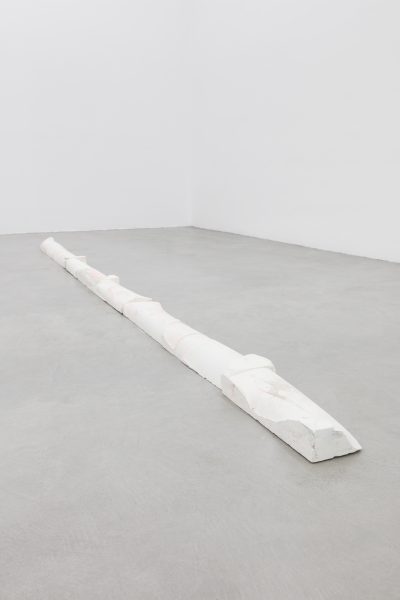 Falange N.1, 2015plaster, pigment, spray
Falange N.1, 2015plaster, pigment, spray
12×450×12 cm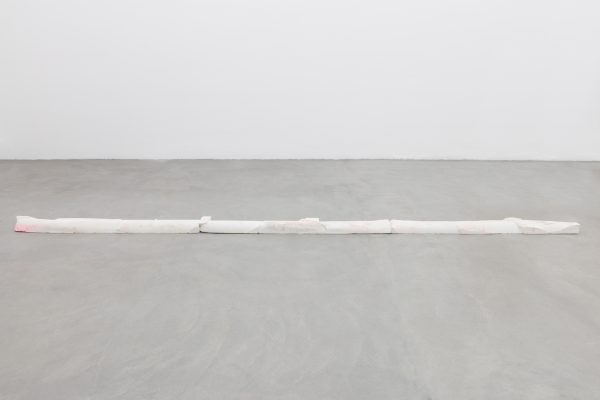 Falange N.2, 2015plaster, pigment, spray
Falange N.2, 2015plaster, pigment, spray
12×450×12 cm
Edition unique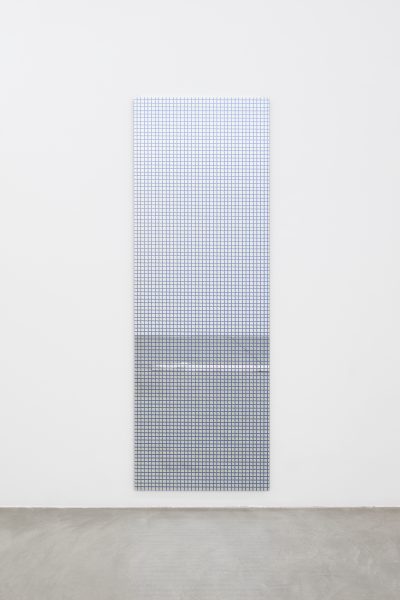 S/T (Blue Mirror), 2015ink jet print on mirror
S/T (Blue Mirror), 2015ink jet print on mirror
277×95×2,3 cm
Edition unique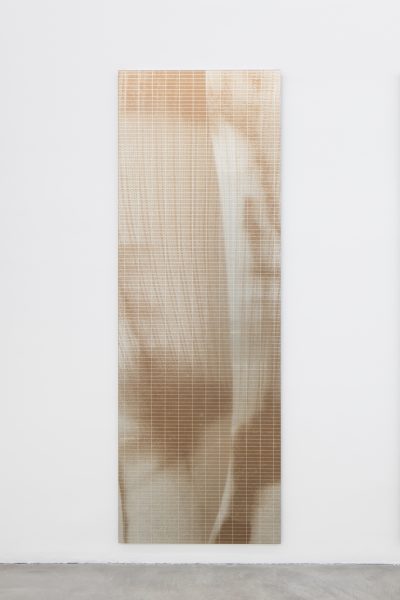 Untitled (Tie dye n°1), 2015ink jet print on mirror
Untitled (Tie dye n°1), 2015ink jet print on mirror
277×95×2,3 cm
Edition unique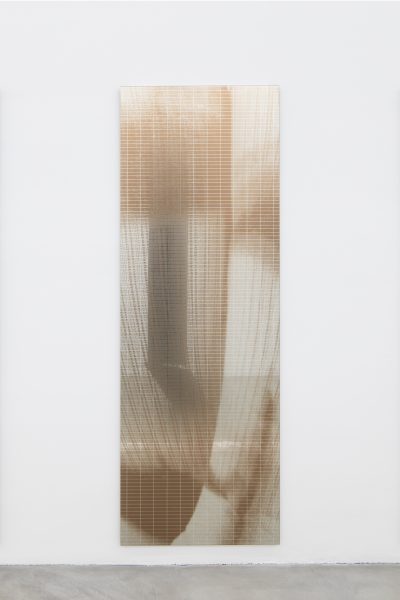 Untitled, 2015ink jet print on mirror
Untitled, 2015ink jet print on mirror
277×95×2,3 cm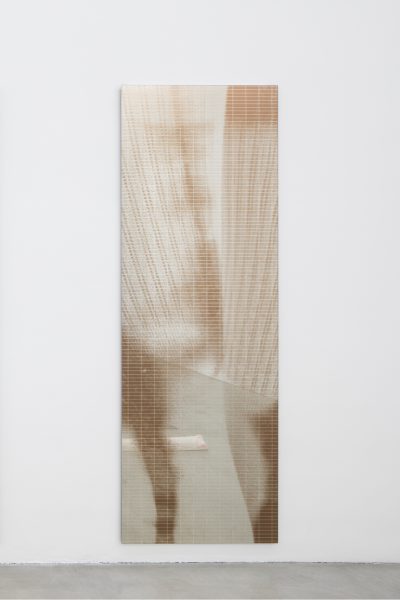 Untitled (Tie dye n°2), 2015ink jet print on mirror
Untitled (Tie dye n°2), 2015ink jet print on mirror
277×95×2,3 cm
Edition unique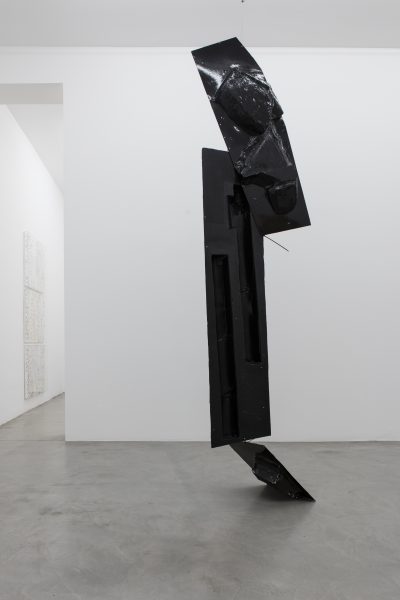 Untitled, 2015carbon fiber
Untitled, 2015carbon fiber
320×90×45 cm
Edition unqiue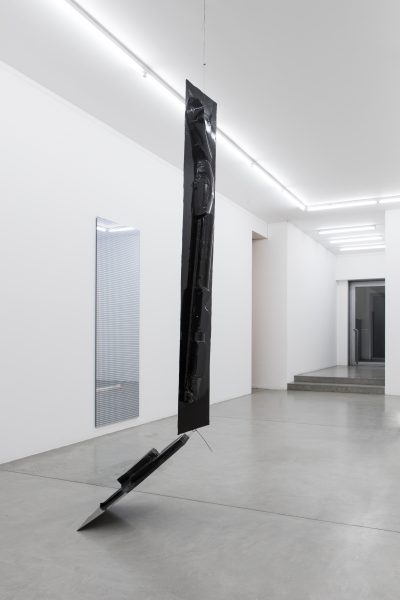 Untitled, 2015carbon fiber
Untitled, 2015carbon fiber
320×90×90 cm
Edition unique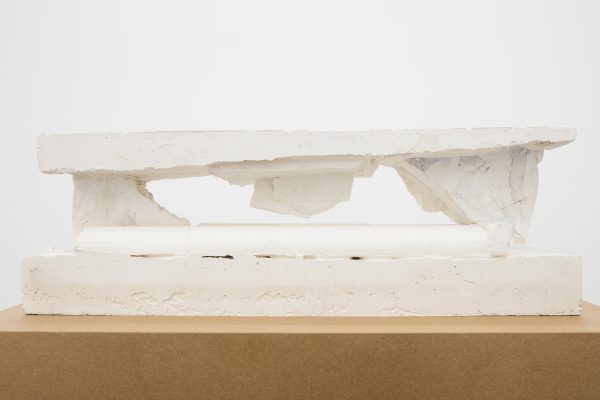 Normalette N.3, 2015plaster, pigment, velcro, plastic
Normalette N.3, 2015plaster, pigment, velcro, plastic
34,5×104×25,5 cm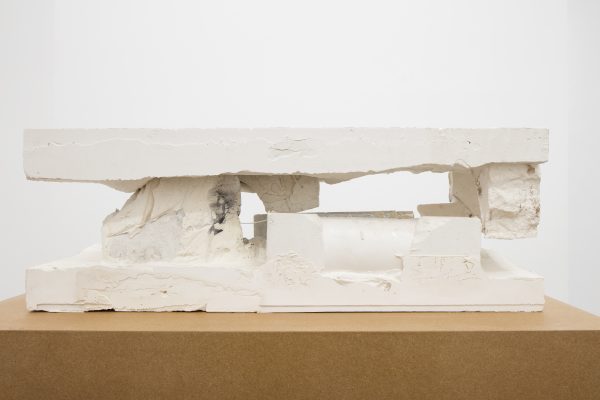 Normalette N.2, 2015plaster, pigment, velcro, plastic
Normalette N.2, 2015plaster, pigment, velcro, plastic
34×99×25 cm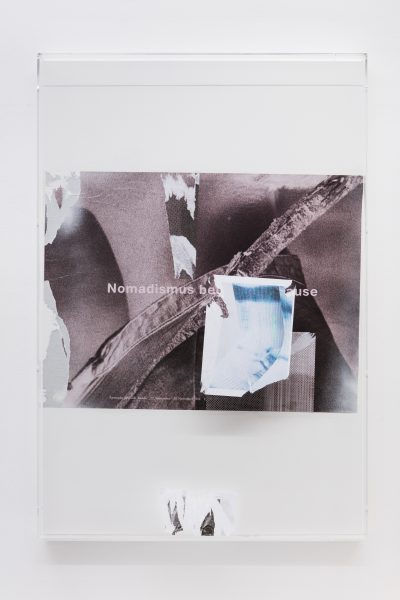 Untitled, 2015poster, prints
Untitled, 2015poster, prints
120×80×7 cm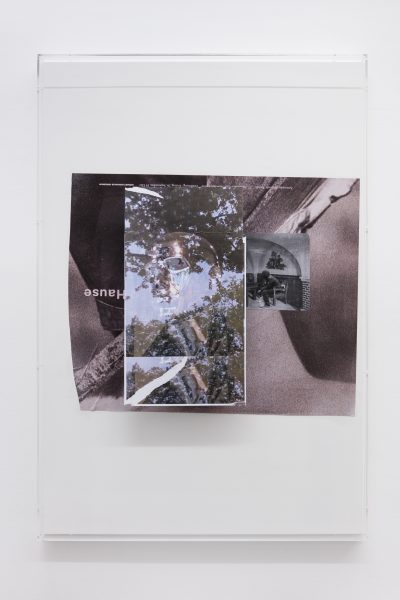 Untitled, 2015poster, prints
Untitled, 2015poster, prints
120×80×7 cm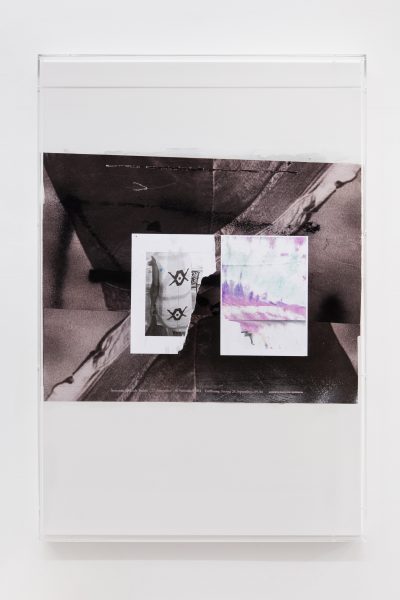 Untitled, 2015poster, prints
Untitled, 2015poster, prints
120×80×7 cm
Edition unique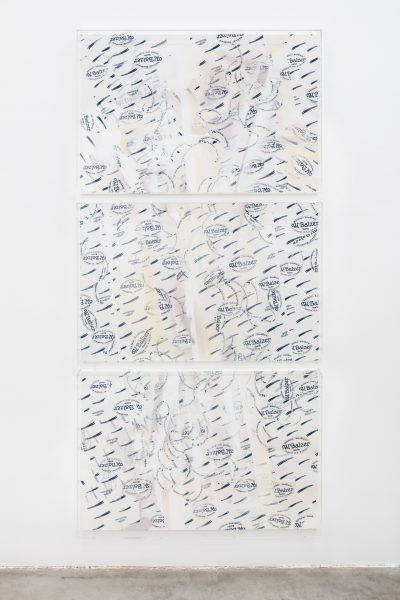 Balzer Bas-relief N. 1, 2015collage, spray, triptych
Balzer Bas-relief N. 1, 2015collage, spray, triptych
80×120×7 cm each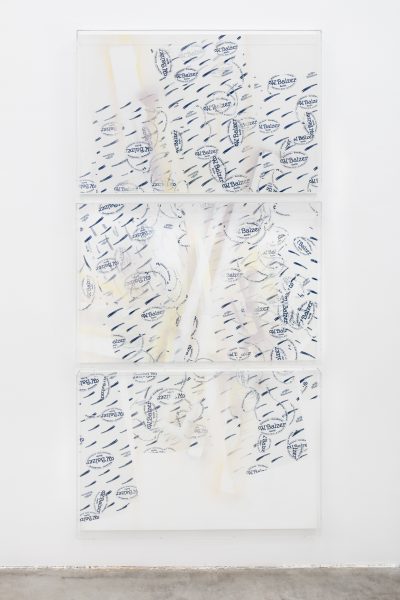 Balzer Bas-relief N. 2, 2015collage, spray
Balzer Bas-relief N. 2, 2015collage, spray
80×120×7 cm
Triptych













































